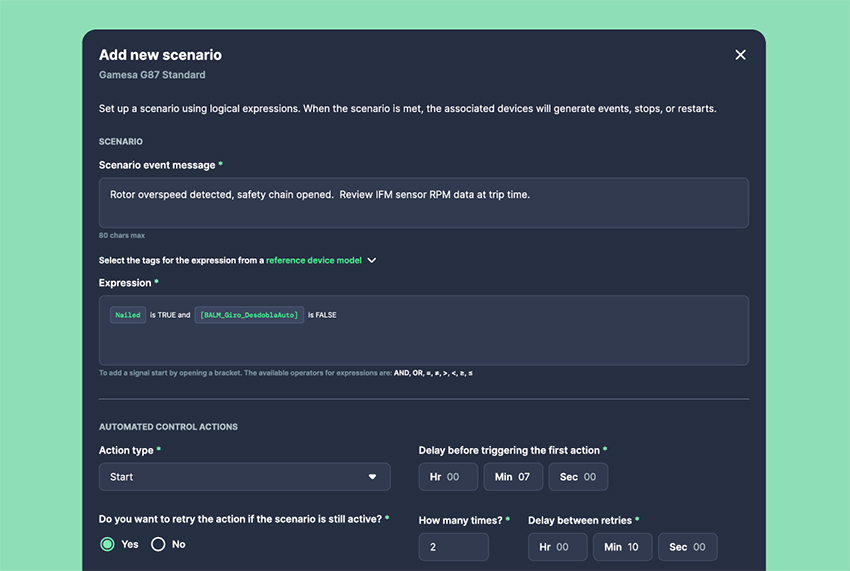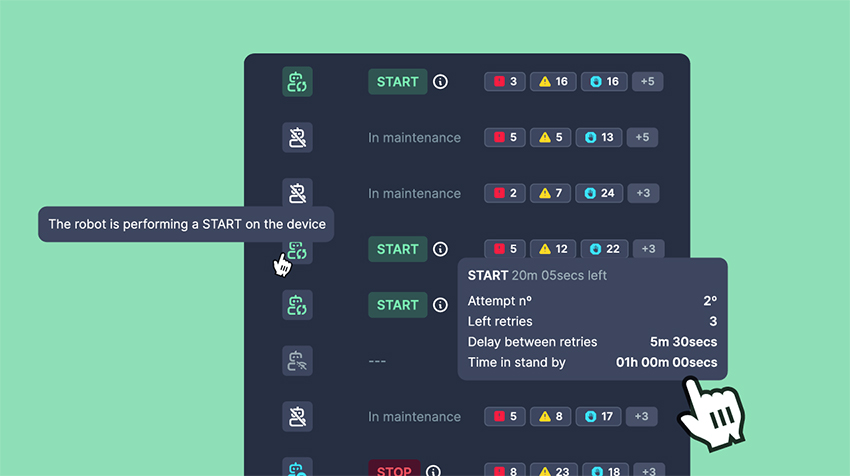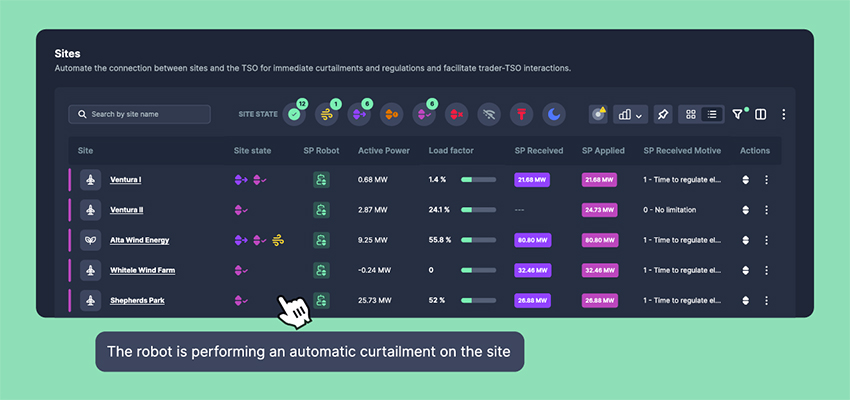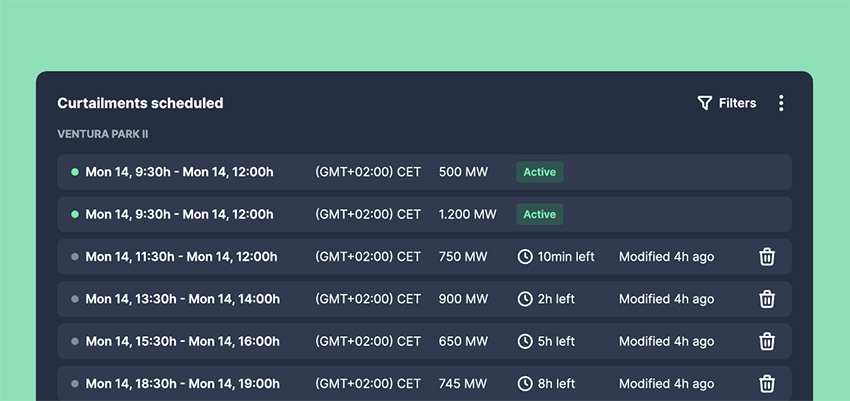
Levelized costs of energy (LCOE) for renewables, once on a steady downward trajectory, have plateaued in recent years. This stagnation in LCOE comes at a time when energy prices are facing downward pressure, further squeezing profit margins for renewable energy producers. This is an article by Alejandro Cabrera, CEO at Green Eagle Solutions.
Meanwhile, the International Energy Agency (IEA) reports that global electricity demand rose by 4.3% in 2024 and is forecast to continue to grow at close to 4% out to 2027, Global electricity consumption is expected to increase at the fastest pace in years over the 2025-2027 period, putting increasing pressure on the industry to deliver more energy at competitive prices. Adding to these challenges, governmental support for renewable energy is expected to decline in many regions as markets mature and technologies become more cost-competitive. The traditional value chain in the renewable energy sector is thus under immense pressure, caught between the need to meet rising demand and the imperative to maintain profitability in a tightening economic environment.
In this challenging landscape, efficiency and automation are no longer merely desirable tools for optimization – they are rapidly becoming essential for survival. Renewable energy companies must embrace innovation and adapt their operational models to navigate this crossroads and emerge stronger, or risk being left behind in the rapidly evolving energy landscape.
Rethinking renewable energy strategies
• The Rise of Automation and Scalability: In this challenging environment, efficiency is a necessity. The industry is witnessing a rapid shift towards AI-driven, scalable, and automated operations. By automating routine tasks and leveraging the power of artificial intelligence, companies can significantly reduce manual inefficiencies, optimize resource allocation, and enhance decision-making. This transition towards intelligent automation is not just about cutting costs; it's about building more resilient and adaptable businesses that can thrive in a dynamic energy landscape.
AI and machine learning are enabling more precise forecasting of energy generation and demand, helping companies optimize power distribution and reduce waste. Grid management systems powered by AI can dynamically adjust energy flows in real-time, mitigating imbalances and enhancing grid stability. Furthermore, AI-powered drones and robotic inspection tools are being deployed to monitor and maintain renewable energy assets, reducing operational costs and improving efficiency.
• Evolution of Traditional Business Models: The lines between traditional roles in the renewable energy sector are blurring. Original Equipment Manufacturers (OEMs) are expanding beyond equipment supply, offering comprehensive service packages and digital solutions. Energy traders are leveraging real-time data and AI to optimize trading strategies and manage risk. Independent Service Providers (ISPs) are consolidating and expanding their service portfolios to offer end-to-end solutions. Asset managers are adopting data-driven approaches to optimize asset performance and maximize returns. This evolution of traditional business models is driven by the need to capture more value across the value chain and adapt to the changing demands of the market.
In addition, peer-to-peer energy trading platforms are emerging, allowing businesses and consumers to trade excess renewable energy directly with one another. Blockchain technology is being explored to enhance transparency and security in these transactions, further decentralizing the energy market.
• Market Consolidation and Integration: The industry is experiencing a wave of mergers, acquisitions, and partnerships as companies seek to integrate their services and create comprehensive solutions. This consolidation trend is driven by the recognition that integrated offerings can unlock greater value and efficiency. By bypassing intermediaries and directly participating in the market, companies can increase profitability and gain a competitive edge.
For instance, major utility companies are acquiring renewable energy startups to expand their portfolios and enhance their technological capabilities. Cross-sector collaborations between energy providers and tech firms are fostering the development of next-generation automation tools, further driving industry transformation.
• Integration Unlocks Value: Integration and automation are key to unlocking new value in the renewable energy sector. By bypassing intermediaries, companies can increase profitability through direct market participation. Automated trading platforms powered by AI can optimize energy trading decisions and maximize revenue.

In ARSOS, O&M users set fault-handling procedures for automated turbine operation. When conditions are triggered, ARSOS follows the process. In this example, restarts the turbine after 7 minutes if conditions persist, with up to 2 more attempts. This frees operators for complex tasks.

When the defined fault-handling procedure conditions are met, ARSOS executes the process and displays its actions on the real-time dashboard. In this example, it’s on the second reset attempt.

From ARSOS, both TSO curtailments and the automatic operation of the turbines can be managed automatically. In this example we can see a TSO curtailment being automatically applied by ARSOS.

In addition to automatically applying TSO curtailments, ARSOS allows users to easily schedule custom curtailments, such as to avoid negative prices.
Limitations of traditional automation approaches
Finding and implementing effective automation solutions in the renewable energy sector can be a complex endeavor. Companies face significant challenges in maintaining technological efficiency while navigating the ever-evolving regulatory landscape. Developing custom in-house solutions often proves costly and time-consuming, while commercially available automation software may offer limited functionality, hindering operational scalability.
Furthermore, there's a pervasive misconception that automation is simply about pre-programmed actions, akin to flipping a switch. This limited view underestimates the true potential of automation to revolutionize renewable energy operations. True automation is far more sophisticated, adaptable, and powerful than many realize. It's about creating intelligent systems that optimize performance, enhance decision-making, and empower operators to manage increasingly complex energy infrastructure.
While basic scripts might function in controlled, predictable environments, the reality of renewable energy operations is anything but static. Wind patterns are inherently variable, solar irradiance fluctuates, and market demands change in response to a multitude of factors. In this dynamic landscape, rigid scripts are destined to fail, leading to inefficiencies, hindering scalability and availability, and directly impacting revenue.
Additionally, integrating automation solutions across legacy systems poses technical challenges, requiring significant investment in interoperability and cybersecurity measures. Many companies struggle with data silos, where critical information is fragmented across multiple platforms, preventing seamless automation and real-time decision-making.
Finally, a common challenge in managing multiple parks is the reliance on local automation systems that significantly hinder overall control of an extensive asset portfolio. As the number of assets increases, the complexity of management increases exponentially, making the adoption of centralized management software essential.
To overcome these challenges, renewable energy companies must embrace a more holistic and intelligent approach to automation. This involves adopting solutions that can adapt to changing conditions, learn from data, and integrate seamlessly with other critical systems. By embracing such intelligent automation, companies can unlock significant value, improve operational efficiency, and enhance their competitiveness in the rapidly evolving renewable energy market.
Unlocking true potential: the transformative power of end-to-end automation
The true potential of renewable energy automation lies in systems that:
• Work Across Diverse Assets: Automation solutions must be versatile, capable of managing a wide range of renewable energy assets, including wind farms, solar plants, and hybrid systems. This interoperability is crucial for optimizing the performance of complex, interconnected energy infrastructure.
• Integrate Seamlessly with the Broader Energy Ecosystem: Seamless integration with operations and maintenance (O&M), market operations and grid management systems are essential for maximizing efficiency and profitability. This interconnectedness allows for a coordinated approach to energy management, optimizing production, distribution, and consumption.
• Consider External Factors: Integrating data from weather forecasting, environmental monitoring and other external sources enables smarter decision-making, optimizing energy production and minimizing the impact of environmental factors.
• Empower Operators: Automation should augment human capabilities, not replace them. Operators must maintain ultimate control, with the ability to override automated processes when necessary. This collaborative approach ensures that human expertise remains central to the safe and efficient operation of renewable energy systems.
Green Eagle Solutions: Leading the way in renewable energy automation
One company making significant strides in renewable energy automation is Green Eagle Solutions. With over 13 years of experience operating in 15 countries and managing more than 40 GW of connected assets, Green Eagle Solutions has developed ARSOS, a cutting-edge SaaS platform designed to streamline end-to-end automation.
The company is revolutionizing the sector with a strong focus on user experience and innovation. These are some of the capabilities of ARSOS:
• Advanced Automation for Remote Operation Centers: When a turbine reports an error, ARSOS steps in. It analyzes multiple real-time data signals and makes expert-level decisions automatically –like resetting the wind turbine or stopping it, to preempt damage. Just like the best operators, but faster. This translates to an average of 30 minutes saved per reset, freeing operators to concentrate on complex, strategic tasks.
Users define the fault-handling procedure they want ARSOS to follow when predefined conditions are triggered. For example, consider high-temperature faults. ARSOS ensures a safe cool-down period and automatically restarts the turbine upon optimal temperature recovery. This exemplifies just one of the thousands of possible scenarios. You can be as creative as you want and ARSOS will take care.
• Closing the Automation Loop with notifications and CMMS Integration:
Operators are alerted only when their intervention is necessary, reducing distractions and enhancing productivity. Integrated with CMMS platforms, ARSOS ensures critical alerts are routed to the corresponding team via email.
If automated fault handling fails to resolve an issue, the system notifies the appropriate team for further analysis. When integrated with a CMMS, ARSOS automatically transitions to manual mode upon work order creation and reverts to automatic mode upon closure, ensuring seamless operation.
• Automatic TSO Curtailment Application: ARSOS integrates with Transmission System Operators (TSOs) to automatically apply curtailments, preventing penalties and reducing manual monitoring efforts. It also ensures compliance with the latest TSO regulations and, being cloud-based, updates are immediate.
• Protection against negative prices: ARSOS includes a price monitoring system that curtails energy production when market prices fall below predefined thresholds, protecting revenue and ensuring profitability.
An outstanding aspect of this system is its ability to provide comprehensive solutions. By consolidating all the services mentioned above into a centralized strategy, it is easier to manage the asset portfolio, even internationally, from a single platform. From ARSOS, both TSO curtailments and the automatic operation of the turbines can be managed automatically.
Although management is centralized, ARSOS maintains a detailed focus on each individual device. For example, it allows the application of different operation protocols for each turbine, adapted to its operational status. This makes it possible to create customized strategies, based on the health of each turbine. In other words, having two turbines identical in model and brand, it is possible to apply a more conservative operating protocol specifically to the one that has required the replacement of components. This allows for differentiated management, adapting the operational strategy to the particular needs of each turbine.
Finally, the system provides data analysis and reporting tools, allowing for continuous improvement of operational procedures. This ensures that assets operate at peak efficiency at all times. The insights gained through these tools facilitate informed decision-making, optimizing both short-term performance and long-term health.
 These are just some examples of ARSOS capabilities.
These are just some examples of ARSOS capabilities.
To see ARSOS in action, scan the QR from the ad or visit the website: www.greeneaglesolutions.com

